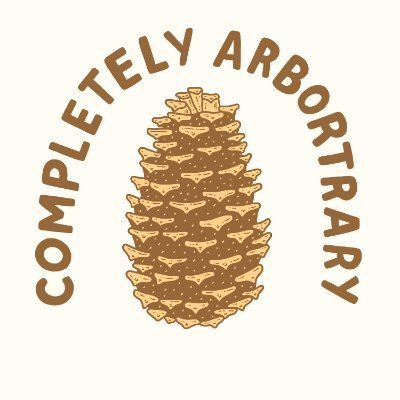#arborist
Photo

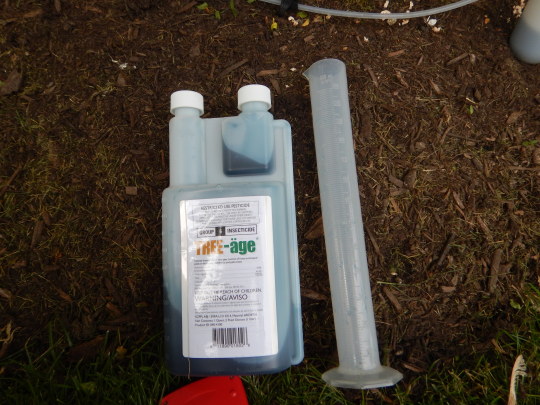

What I am up to rn. I am currently doing studying for applicator exam. and treating ash trees for both anthracnose fungus and borer.
Right now im currently doing a bit more fundamental training on application.
Here Is an example of what I am doing at work right now as I actively work on my applicator license. A calculator, a sounding mallet with two different rubber heads of various density, and dbh tape as well as a drill can be seen. Many different systemics are used for ash tree treatments but treeage as an EC emulsifiable concentrate pressure injectable. EC just means that they are not water soluble liquids, instead they are oil soluble compounds after an emulcifiable agent is added. Instead of beading they became liquid ‘solution’. EC are usually better environmentally, because if a spill does occur they do not readily move with water or penetrate with water and begin breaking down more easily. treeage, by label, is recommended for 2 year usage. so It is 100% active for 2 years. the dye is UV black light notable, meaning even after washing hands and ppe you can see residuals under black light if they are still present.
the label goes by dbh, 4 feet from grade diameter at breast height, the label also has notes to not mix with water as they do not mix. .5 ml per inch DBH is the measure for usage. Injection wound are to be made deep to get as much transduction as possible through functioning protoplasm not just active xylem and phloem. but require the wound to be made through active phloem and xylem; this is why a sounding mallet is necessary for making the hole. dense acoustic resonance allows us to select and decent relatively intact section of the tree minimally undamaged by the borer over each year; dense solid sounds are critical. Hammering the inlet iv insert till it doesn’t move means you have a good seal for pressure to work. Veritassium has a good youtube video on atm pressures in trees that can help shed light on why pressurized systems are critical for ensuring uptake. Once canisters are pressurized we can use the system. Trees in areas where beneficial insects are present and outside of general sterile landscapes that show signs of resistance shouldn’t be injected unless ethically the tree is critical for spring formation or its a state or nat champ.

Understanding that environment, stress, and host and pathogen activity are critical for pathogens to need treatment is the only ethical reason to pursue treatments. With out all three being present we don’t have an issue necessarily unless the invasive species works under time constraints and alters other corners in their favor(most do) . Evolution is a counter but rarely happens faster than the problem can work to do damage. Larval movement occurs fast! the timing to treat to prevent the most damage starts with leafing out but also pathogen movement. Degree days is usually how most people know when to treat. However climate change can be very problematic in many cases. Ag extensions are there to help ! For Ash trees in my region we start at the beginning of the black locust blooms which shares phonological overlap and try to provide services until after june. so usually mid may- june.
This year saw a wet spring too. which means early anthracnose appearance which forced us to do more propizol injections before ash borer treatments unfortunately.
I currently use a psi by hard wood fjet series arbor jet system. A bucket is also great for containment of spills if a treeage container leaks I have a bucket.
Though the label may not say it, I use nitrile gloves as ppe because fuck insecticides.
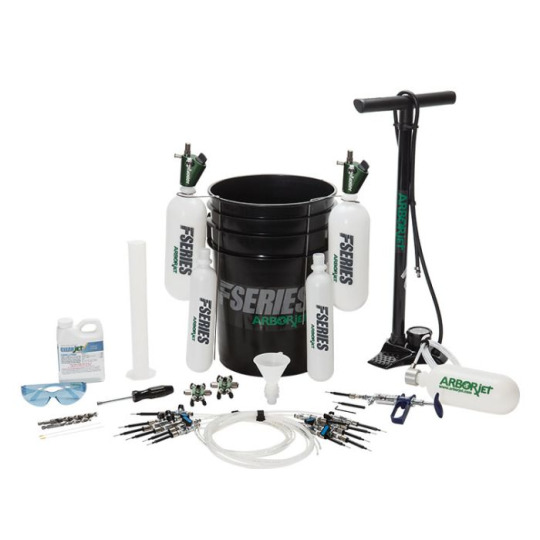
203 notes
·
View notes
Link
“Across America, cities are choosing to upcycle their felled urban trees into valuable products rather than chipping them, burning them, or dumping them into the landfill.
Along with being more generally favorable to the environment, it’s a trend that’s leading to entrepreneurial innovation, as a network of urban woodworkers has coalesced around municipalities looking to do something more productive with waste lumber.
When processed, sold, and utilized to its highest value, the U.S. could produce nearly 8 billion board-feet of urban-sourced lumber annually, or around 10% of the production that the traditional lumber industry gathers from America’s forests.
An article from Pew Charitable Trusts reports that in 2018, city leaders in Harrisonburg, Virginia, began a wood utilization effort that saw felled municipal trees go into making park benches, planter boxes, and conference room desks.
The article continues in Maryland, where the Baltimore Wood Project, a U.S. Forest Service-led effort to promote urban wood reclamation, has provided more than 65,000 board-feet for city constructions of fishing piers, pedestrian bridges, and wellness centers.
Out west, West Coast Arborists are serving this cause in 350 cities across California and Arizona, lobbying for city ordinances on shade trees and other urban tree planting programs to adopt the planting of tree species with a high end-use value for the purpose of upcycling and reclamation...
Urban Hardwoods, a Seattle-based bespoke furniture maker, runs its own sawmill for the processing of trees received through Urban Wood Network, an industry collaborator that connects municipalities, sawmills, arborists, finished goods producers, and others in a giant web of urban wood reclamation activity.
All of Urban Hardwoods’ beautiful furniture is made from trees cut down as part of the tree-surgeon work in Seattle within a 15-mile radius of the store.
Nearby, Oregon also has a program from its environmental department for the recycling of shrubs, limbs, and other wood that can’t be turned into high-end products. It instead turns them into biochar, a recently developed soil amendment that involves heating wood over fire without access to oxygen.
When placed in soil, biochar acts like a sponge to soak up minerals and water, as well as acting as something nice, nutritious and solid for a tree or shrub to wrap its roots around.
It’s not as carbon-neutral as furniture, but making biochar and other fertilizers produces less CO2 than shredding trees into chips, burning them, or loading up a landfill.” -via Good News Network, 1/16/23
#urban ecology#trees#upcycling#woodworking#woodworker#handmade furniture#circular economy#arborist#wood reclamation#sustainability#good news#hope
34 notes
·
View notes
Text
Changing Colors...
I have been so inspired by my changing maple trees outside my studio window that I had to create the many changes they go through. This maple leaf is changing colors. Would pair nicely with my summer, fall and winter maple! Great for home or office spaces.
GET IT HERE!

View On WordPress
#arbor#arborist#art#Colorful Art#fall art#fall colors#fall decor#maple#maple leaf#maple leaf art#maple leafs#maple tree#maple trees#maples leafs#modern#modern art#nature art#nature decor#prints#sharon cummings#sharon cummings art#toronto maple leafs#tree art#trees
4 notes
·
View notes
Photo
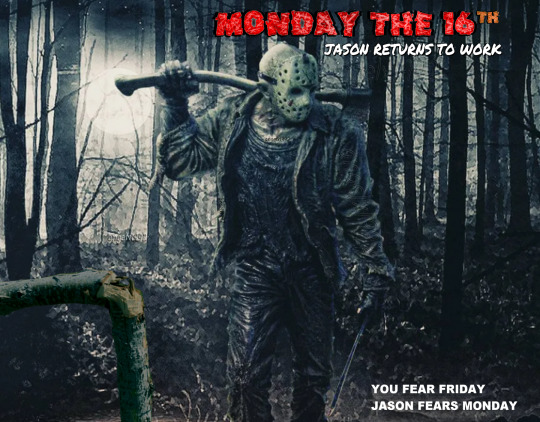
#horror#movies#worker#arborist#lumberjack#jason voorhees#friday the 13th#friday the thirteenth#meme#monster#killer#mondays#workers#labor#employees#memes#monday
23 notes
·
View notes
Text
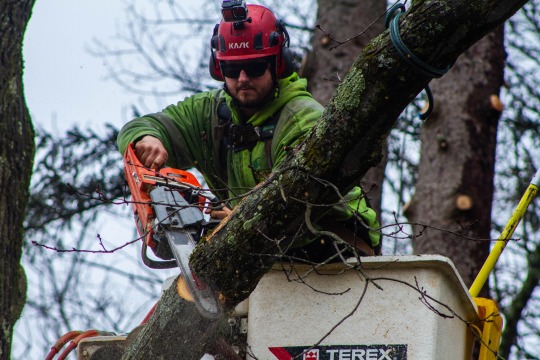
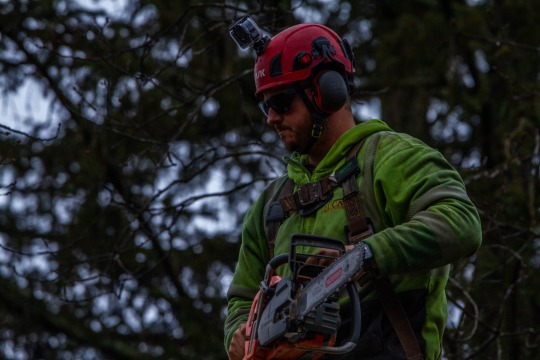
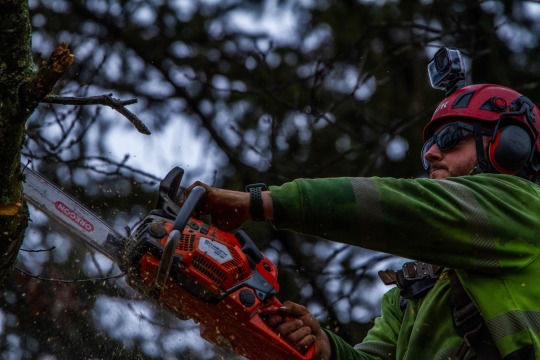
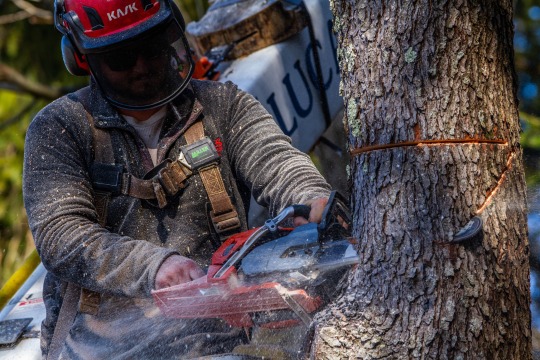
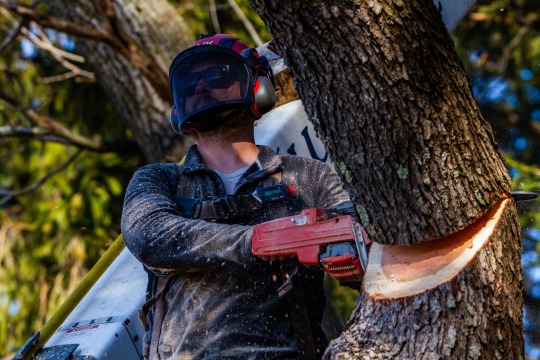

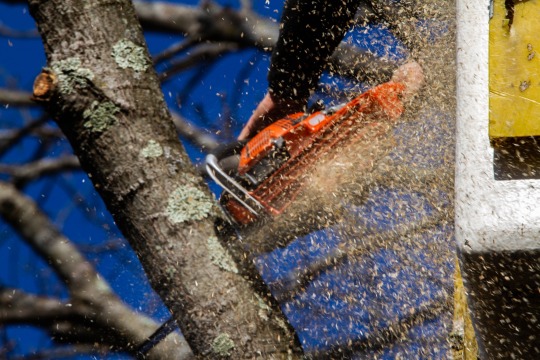
I brought my camera to work to get shots of what we do.
#tree work#tree guy#tree#trees#arborists#arborist#new hampshire#new england#photography#nature#chainsaw man#chainsaw
6 notes
·
View notes
Text
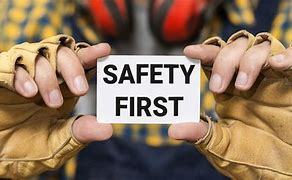
Celebrate National Safety Day on March 4 by promoting safety in the workplace and home. This day in 1926, when President Calvin Coolidge made it a national holiday, dedicated to raising awareness about safety measures and precautions that can prevent accidents and injuries.
#fishing#landscaping#lawn care#tree care#bass#freashwater fishing#safety#saltwater fishing#walleye#outdoors#pruner#hedge trimmer#weed whacker#line trimmer#landing net#arborist#landscaper#groundskeeper#homeowner#lawn#garden#tree
2 notes
·
View notes
Text
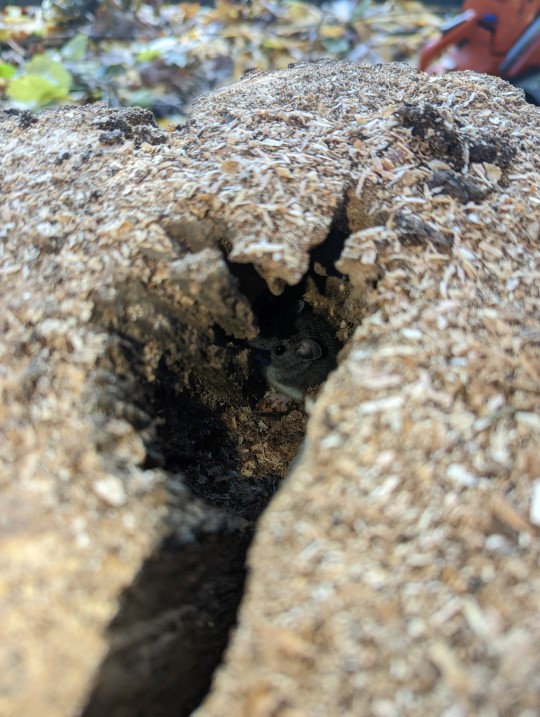
I cut down a hollow oak the other day and got jump scared so many times by a family of mice LEAPING out at me to escape while I was sawing. Here's one hiding from me while I was trying to clear out the rest of them so I could keep going (zoom in)
#forestry#arborist#arboriculture#tree#stump#saw#mouse#mice#rodent#photo#photography#forest#outside#outdoors
22 notes
·
View notes
Text
The Art And Science Of Tree Pruning in San Jose
When it comes to the natural beauty of San Jose, it's hard to ignore the role that trees play in shaping the landscape. These majestic giants not only provide shade and tranquility but also contribute to the city's overall well-being. However, like all living organisms, trees require proper care and attention to thrive. One of the most crucial aspects of tree maintenance is pruning. In this comprehensive guide, we'll delve into the art and science of Tree Pruning in San Jose, exploring its significance, methods, and why it's essential for the health of our urban forest.
The Importance of Tree Pruning
1. Health and Vitality
Tree pruning is akin to a spa day for your trees. It involves the selective removal of branches to improve the tree's structure and health. By eliminating dead or diseased branches, you enhance the tree's overall vitality and longevity.
2. Safety First
Overgrown branches can pose significant hazards, especially during storms or strong winds. Tree pruning eliminates these risks by reducing the chances of branches falling on property or pedestrians.
3. Aesthetic Appeal
Pruning enhances the aesthetic appeal of trees. It helps maintain a balanced and pleasing shape, making your landscape more attractive.
4. Sunlight and Airflow
Proper pruning ensures that sunlight and air can penetrate the tree's canopy, benefiting the tree's health and the grass or plants below.
The Art and Science of Pruning
Tree pruning is not a one-size-fits-all endeavor; it's a blend of art and science. Here are some key aspects to consider:
1. Timing Matters
Pruning at the right time of year is crucial. While dead or hazardous branches can be removed anytime, the ideal time for major pruning is during late winter or early spring before new growth begins.
2. Know Your Cuts
There are different types of pruning cuts, including thinning, heading, and reduction cuts. Knowing which one to use depends on your goals and the tree's species.
3. Consider the 3 D's
Prune branches that are dead, damaged, or diseased (the 3 D's) as a priority. This not only improves the tree's health but also eliminates potential risks.
4. Don't Overdo It
Over-pruning can stress a tree and make it vulnerable to diseases and pests. A skilled arborist knows how to strike the right balance between pruning for health and aesthetics.
Why Hire a Professional
While minor pruning tasks can be tackled by homeowners, significant pruning should be left to the experts. Here's why:
1. Safety
Large branches or trees can be hazardous to work on without the proper equipment and expertise. Professionals have the necessary tools and training to ensure everyone's safety.
2. Knowledge of Species
Different tree species have unique pruning requirements. Arborists understand these nuances and can provide species-specific care.
3. Long-Term Health
Improper pruning can harm trees in the long run. Professional arborists know how to make cuts that promote overall tree health and vitality.
4. Disease Prevention
Arborists can identify signs of disease or pests during pruning and take appropriate action to prevent further infestation.
Choosing the Right Professional
When hiring an arborist for tree pruning in San Jose, keep these factors in mind:
1. Certification
Ensure that the arborist is certified by respected organizations like the International Society of Arboriculture (ISA). Certification signifies a commitment to industry standards and ongoing education.
2. Experience
Experience matters in tree care. Look for arborists with a proven track record and a history of successful pruning projects.
3. Licensing and Insurance
Always choose licensed arborists with proper insurance coverage. This protects you and your property in case of accidents or damage during pruning.
4. Local Knowledge
Arborists familiar with San Jose understand the unique needs of trees in the region. They know the local tree species, common diseases, and pests.
In Conclusion
Tree Pruning in San Jose is more than just a maintenance task; it's a vital component of responsible tree care. When done correctly, pruning enhances the health, safety, and beauty of our urban forest. Entrusting your trees to certified, experienced arborists is not only an investment in your property but also in the overall well-being of our beloved city.
#tree service#arborist#tree removal#tree pruning#tree care#tree pruning san jose#tree service san jose
3 notes
·
View notes
Text
This job is, somewhat surprisingly, a really cool blend of environmental science and art and Fun Outdoor Activities and even little bit of medical knowldge and I'm genuinely really enjoying it
On the science side of things, you really do have to know a lot about trees and how they work and how to identify and diagnose and treat them (none of which I know how to do yet lol), and there's also this sort of intuitive knowledge to it too that I don't really know how to explain, you just get up close and personal with trees a lot and learn how each one is an individual.
Pruning is, there's an art to it, I haven't done it yet but from what my trainers have described to me it really feels like you're helping shape/sculpt a tree into the best it can be and you have to get creative with how you move, it's this whole dance of swinging and climbing and cutting and it's really freaking cool. I don't know anything about pruning yet but I'm really excited to learn how to do it
Also you're helping a freaking ANCIENT LIVING BEING grow and sustain itself for generations and if that's not the coolest thing ever idk what is? Trees are so damn important to the environment from the habitats and shade they provide, to the fact that they literally help prevent flooding and environmental damage
It's kind of like rock climbing if rocks were shaped like trees. You get to climb around and JUMP a lot which is super fun, you're tied in with ropes so it almost feels like you're floating or gliding. Being roped up in a tree is just sooo different from being on the ground and it also feels a Lot safer than free-climbing bc the most you're ever gonna fall is like three feet
You really do have to get this intuitive knowledge of your body and anatomy and fitness and how your body works, how muscles grow and heal, how to stretch and warm up and recover, etc. I'm learning about muscles I didn't even know I had lmao.
Downside: There's some physics involved ESPECIALLY when it comes to throwing your rope and calculating the arcs in your mind and shit like that. This would be fun for someone who likes that sort of thing but I am just inherently bad at it lol
Also: People LOVE to watch, especially kids. Kids think it's the coolest freaking thing to see someone climbing around in a tree as their job. This is both nerve wracking and extremely adorable
Another really cool thing (from what one of my trainers told me) is that you get to work with the public and like, sometimes tell them that their Favorite Tree that they think is dying is Not Actually Dying, and being able to help nurse it back to health or give them advice on what to do or just assauge their fears in general. And it's just a profession where you get to heal living things, which is just so awesome. (Or remove a danger to human life, in the case of dying trees that need to be cut down)
I'm going to tree medical school to become a tree doctor and getting buff AF in the process
Also my trainers are like freaking squirrels up there I stg, I was just sitting there like :OOO watching them
l can't believe I'm getting paid pretty decent money to learn how to play in trees and swing around like a little monkey. This is the coolest job I've ever had lmao
#arborist adventures#Arborist#Are there any other arborists/apprentices on Tumblr??? 🥺🥺🥺#Apprenticeship#Trade school#Climbing Arborist
21 notes
·
View notes
Photo

• CONGRATULATIONS • Your photo was chosen for us to repost ------------------------------------------ The best photo from IG @yusdhi_ar • • • • • • Demi sesuap nasi dan lain sebagainya #_humaninterest #humaninterest_id #humaninterestphotography #humaninterestphoto #humaninterestphotographyindonesia #insanindonesia #lumberjack #arborist #logger #axe #logging #treework #beard #wood #treecutting #treelife #treesurgeon #axethrowing #husqvarna #woodworking #bearded #treeremoval #treeservice #arblife #axes #treefelling #handmade #treeclimber ------------------------------------------ Jangan lupa follow dan tag instagram @_humaninterest di foto yang kamu upload Gunakan hastag #_humaninterest Bila ada kritik atau saran silahkan tulis di kolom komentar atau DM ------------------------------------------ https://www.instagram.com/p/Cldg6BNSdS4/?igshid=NGJjMDIxMWI=
#_humaninterest#humaninterest_id#humaninterestphotography#humaninterestphoto#humaninterestphotographyindonesia#insanindonesia#lumberjack#arborist#logger#axe#logging#treework#beard#wood#treecutting#treelife#treesurgeon#axethrowing#husqvarna#woodworking#bearded#treeremoval#treeservice#arblife#axes#treefelling#handmade#treeclimber
16 notes
·
View notes
Text

Not art, but I got my climbing gear today! I'm doing an arborist apprenticeship and it's been super fun so far.
12 notes
·
View notes
Text
Training Day @ Tulsa Expo 60 ft bucket and 106 ft spider lift
2 notes
·
View notes
Text

Each squirrel nest I remove has bits and pieces of covid masks in them.
3 notes
·
View notes
Photo
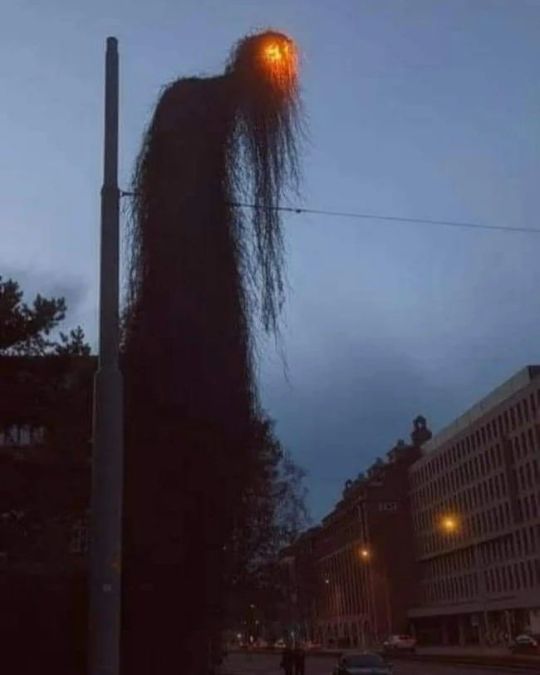
Street lamp in Poland 😀 Happy New Year everybody Contact us to discuss your arboricultural requirements [email protected] www.acornarb.co.uk #Arborist #Arboricultural #treesurgeon #crane #Tree #surgery #Forestry #shrub #hedge #planting #aftercare #Coppicing #Pollarding #Hedges #Reductions #Lifting #Thinning #Deadwood #Crown #felling #Dismantle #Stumpgrinding #Ecoplugs #Siteclearance #mulching #flailing #AirSpade #SplitLogs #Woodchip #Vegetationclearance https://www.instagram.com/p/CnU1mjcLhXF/?igshid=NGJjMDIxMWI=
#arborist#arboricultural#treesurgeon#crane#tree#surgery#forestry#shrub#hedge#planting#aftercare#coppicing#pollarding#hedges#reductions#lifting#thinning#deadwood#crown#felling#dismantle#stumpgrinding#ecoplugs#siteclearance#mulching#flailing#airspade#splitlogs#woodchip#vegetationclearance
3 notes
·
View notes

